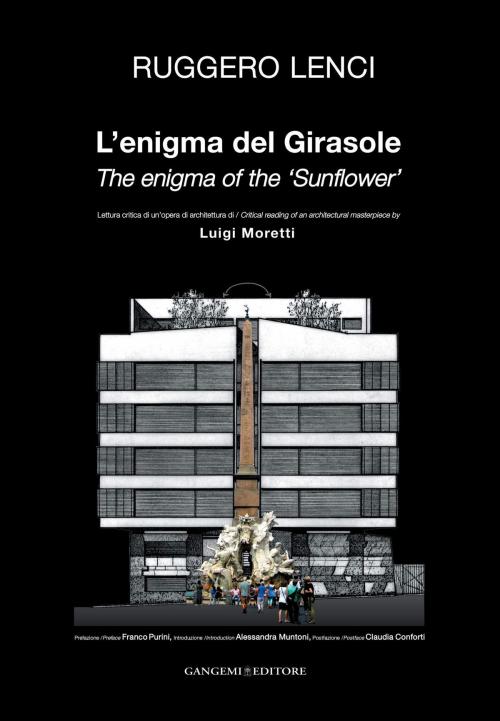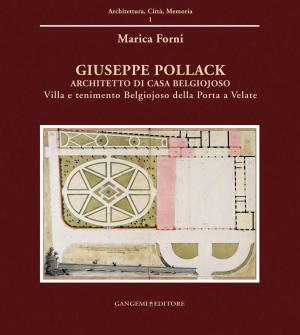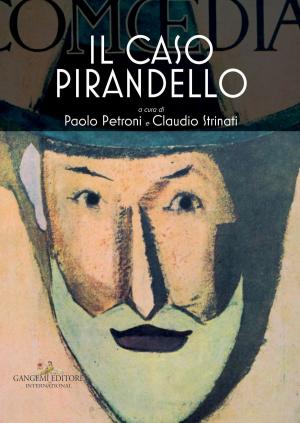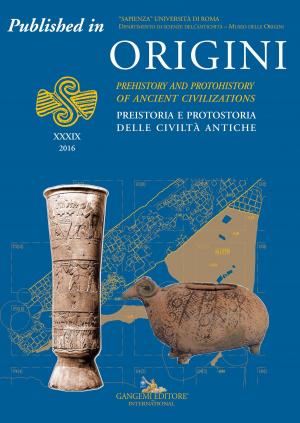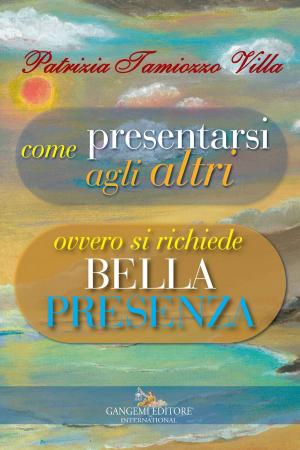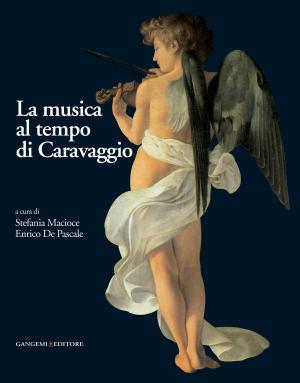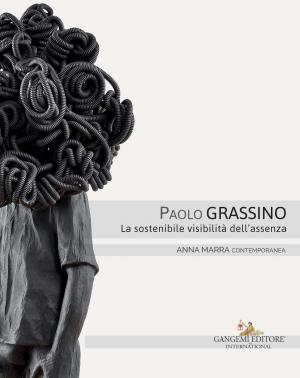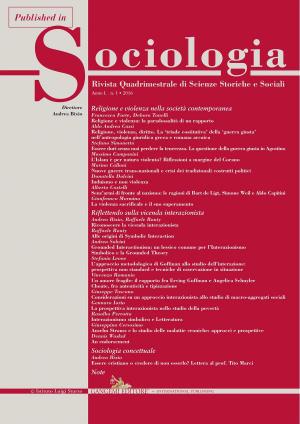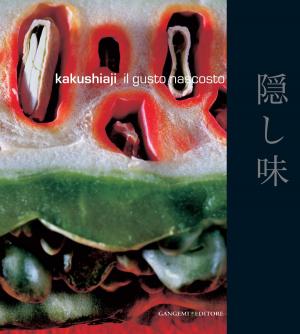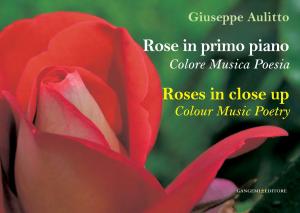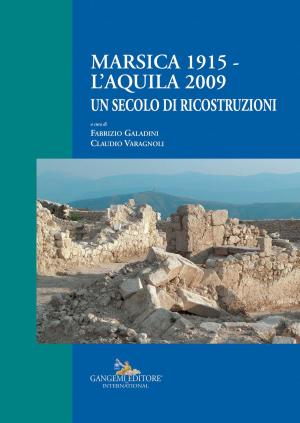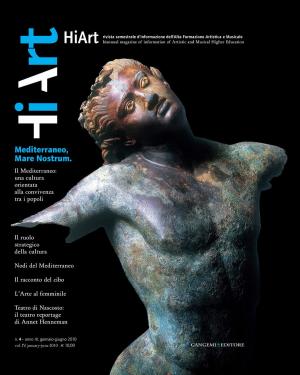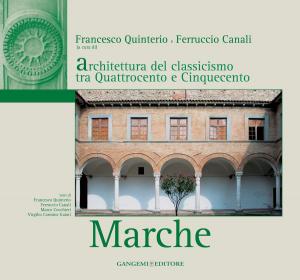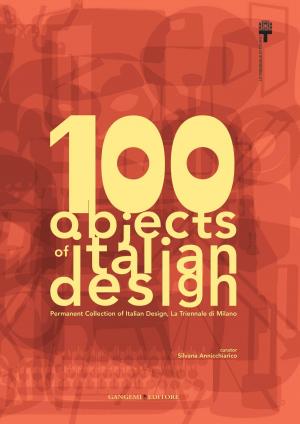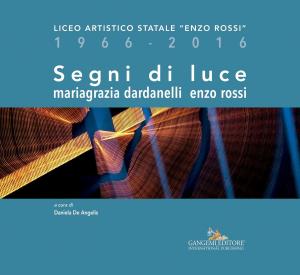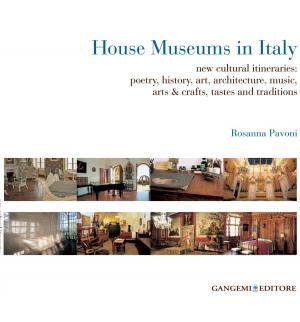L'enigma del Girasole. Lettura critica di un'opera di architettura di Luigi Moretti
The enigma of the ‘Sunflower'. Critical reading of an architectural masterpiece by Luigi Moretti
Nonfiction, Art & Architecture, Architecture| Author: | Ruggero Lenci | ISBN: | 9788849296167 |
| Publisher: | Gangemi Editore | Publication: | February 3, 2016 |
| Imprint: | Gangemi Editore | Language: | Italian |
| Author: | Ruggero Lenci |
| ISBN: | 9788849296167 |
| Publisher: | Gangemi Editore |
| Publication: | February 3, 2016 |
| Imprint: | Gangemi Editore |
| Language: | Italian |
Italian/english text “Ruggero Lenci sostiene che la genesi di questa opera magistrale deve essere ricercata in una traslazione poetica del tema berniniano della transizione tra natura e architettura. Un tema materializzato in particolare nella Fontana dei Quattro Fiumi a Piazza Navona. L'autore del libro individua in questa opera il luogo di un contrasto tra la forma e l'informe, forse l'esito principale del processo metamorfico. Le argomentazioni proposte si susseguono con una forte consequenzialità in un testo che si avvale di un'avvincente attitudine narrativa.” “Ruggero Lenci argues that the genesis of this masterly work must be sought in a poetic translation of the Bernini's theme of transition between nature and architecture. A theme that materializes especially in the Fountain of the Four Rivers in Piazza Navona. The author of the book identifies in this work of art the presence of a contrast between the formand the formless, perhaps the main result of the metamorphic process. The proposed topics follow one another with a strong consequentiality, in a text that benefits from a compelling narrative attitude.” Franco Purini “Ruggero Lenci guarda questa palazzina come un crittogramma da decifrare: la macchina enigma, da cui il titolo del saggio che del resto ce lo conferma. Una decrittazione impigliata in tantissime allusioni e ossessioni che Moretti potrebbe aver avuto presenti, di fronte a nessuna delle quali l'autore del libro arretra, anzi ne intreccia le implicazioni fino al limite dell'immaginario possibile. Evidentemente, non ha ‘yeux qui ne voient pas', ma forse occhi che vedono troppo.” “Ruggero Lenci looks at this building as a cryptogram to be deciphered: the enigma machine, from which the title of the book derives and confirms it. A decryption that catches so many allusions and obsessions, that Moretti could have had, in front of none of which the author of the book makes a step back, rather weaving the implications up to the possible limits of imagination. Evidently, he has no ‘eyes that do not see', but maybe eyes that see too much.” Alessandra Muntoni “Secondo Ruggero Lenci, Luigi Moretti nel Girasole, forte di un'appassionata conoscenza delle leggi compositive e aggregative dell'arte barocca, fa esplodere il virtuale volume della palazzina e ricomincia il progetto da un vuoto. Un canyon al quale imprime un vigore centripeto che riattira le schegge sparse dall'esplosione iniziale, aggregandole secondo piani di luce librati come schermi scintillanti di tessere vitree, o secondo volumi turgidi come i panneggi degli Angeli che calano vorticando dal cielo a difesa del Ponte tra la Roma laica e il sacro Borgo.” “According to Ruggero Lenci, Luigi Moretti in the ‘Sunflower', strong of a passionate knowledge of the laws of composition and aggregation of the Baroque art, blows up its virtual volume, restarting from a vacuum. A canyon which acts as a centripetal force that attracts the shrapnel scattered by the initial explosion, integrating them in planes of light hovering like screens of sparkling glass tiles, or according to the turgid volumes as the draperies of the Angels who descend from the sky in a vortex, to defend the Bridge between the secular Rome and the sacred Borgo.” Claudia Conforti
Italian/english text “Ruggero Lenci sostiene che la genesi di questa opera magistrale deve essere ricercata in una traslazione poetica del tema berniniano della transizione tra natura e architettura. Un tema materializzato in particolare nella Fontana dei Quattro Fiumi a Piazza Navona. L'autore del libro individua in questa opera il luogo di un contrasto tra la forma e l'informe, forse l'esito principale del processo metamorfico. Le argomentazioni proposte si susseguono con una forte consequenzialità in un testo che si avvale di un'avvincente attitudine narrativa.” “Ruggero Lenci argues that the genesis of this masterly work must be sought in a poetic translation of the Bernini's theme of transition between nature and architecture. A theme that materializes especially in the Fountain of the Four Rivers in Piazza Navona. The author of the book identifies in this work of art the presence of a contrast between the formand the formless, perhaps the main result of the metamorphic process. The proposed topics follow one another with a strong consequentiality, in a text that benefits from a compelling narrative attitude.” Franco Purini “Ruggero Lenci guarda questa palazzina come un crittogramma da decifrare: la macchina enigma, da cui il titolo del saggio che del resto ce lo conferma. Una decrittazione impigliata in tantissime allusioni e ossessioni che Moretti potrebbe aver avuto presenti, di fronte a nessuna delle quali l'autore del libro arretra, anzi ne intreccia le implicazioni fino al limite dell'immaginario possibile. Evidentemente, non ha ‘yeux qui ne voient pas', ma forse occhi che vedono troppo.” “Ruggero Lenci looks at this building as a cryptogram to be deciphered: the enigma machine, from which the title of the book derives and confirms it. A decryption that catches so many allusions and obsessions, that Moretti could have had, in front of none of which the author of the book makes a step back, rather weaving the implications up to the possible limits of imagination. Evidently, he has no ‘eyes that do not see', but maybe eyes that see too much.” Alessandra Muntoni “Secondo Ruggero Lenci, Luigi Moretti nel Girasole, forte di un'appassionata conoscenza delle leggi compositive e aggregative dell'arte barocca, fa esplodere il virtuale volume della palazzina e ricomincia il progetto da un vuoto. Un canyon al quale imprime un vigore centripeto che riattira le schegge sparse dall'esplosione iniziale, aggregandole secondo piani di luce librati come schermi scintillanti di tessere vitree, o secondo volumi turgidi come i panneggi degli Angeli che calano vorticando dal cielo a difesa del Ponte tra la Roma laica e il sacro Borgo.” “According to Ruggero Lenci, Luigi Moretti in the ‘Sunflower', strong of a passionate knowledge of the laws of composition and aggregation of the Baroque art, blows up its virtual volume, restarting from a vacuum. A canyon which acts as a centripetal force that attracts the shrapnel scattered by the initial explosion, integrating them in planes of light hovering like screens of sparkling glass tiles, or according to the turgid volumes as the draperies of the Angels who descend from the sky in a vortex, to defend the Bridge between the secular Rome and the sacred Borgo.” Claudia Conforti
